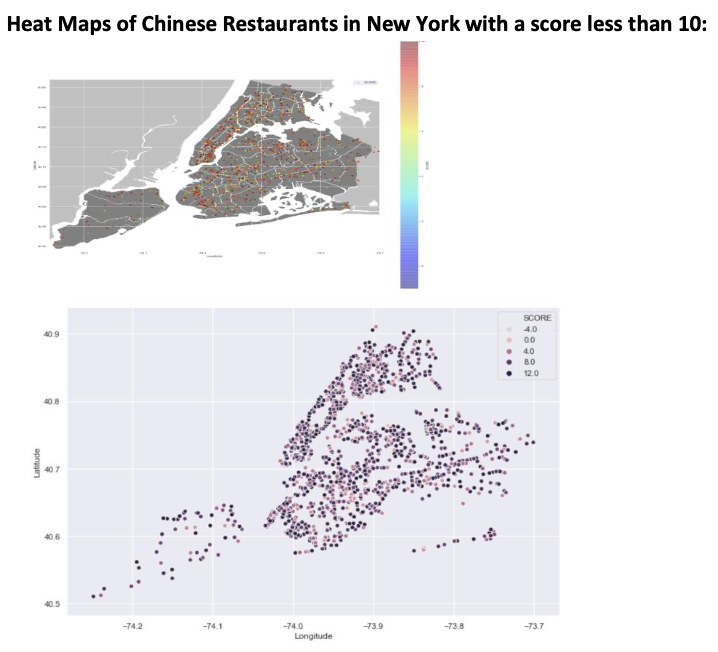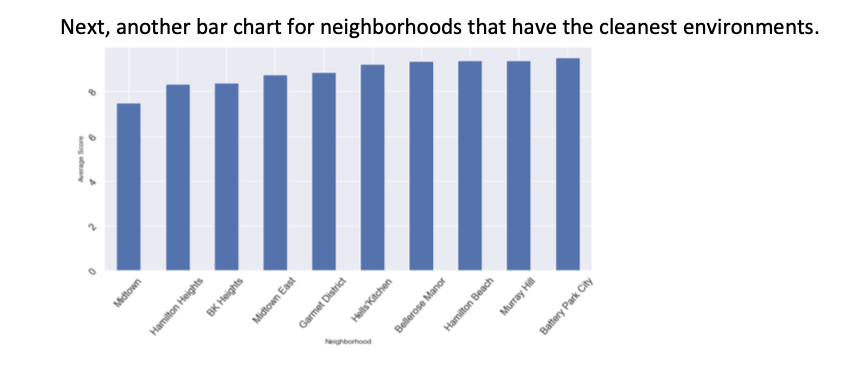Jen Arriaza

Sr. Data Scientist | Machine Learning Engineer
Advanced Analytics | ML/AI Strategy | MLOps
 NYC Metro
NYC Metro
I build scalable ML systems that turn complex operational data into predictive intelligence.
Contact
Exploratory Data Analysis for Data-Driven Restaurateurs
NYC OpenData Health Inspections & Citations Project
Concept: In this study we looked at NYC restaurant’s citations and health inspection esults, which is released by the NYC Department of Health and Mental Hygiene. The inspection data ranges from the past three (3) years to present and is updated on a daily basis. The paper examines the differences in health scores and correlating grades that were received by restaurants throughout the 5 boroughs. The paper studies the trends in the different types of cuisines and what factors and violations may have influenced their received health scores, grades, the grades of restaurants by location and borough as well as patterns of restaurants that have been closed by the city. The paper also studies what types of restaurants are more popular in which areas and which restaurants seem to be the least apparent.

Data: Approximately 395,909 rows and 26 columns of citations data in full unaggregated form. The data is owned by NYC Open Data and provided by the Department of Health and Mental Hygiene. The dataset is available directly here.

Utility: The calculated statistics and information after studying the different trends can be important and useful to prospective restaurateurs who are considering opening up their businesses in NYC and can help determine their restaurant type and location. Restaurateurs can use this data to see which areas may have been closed due to violations of roaches and rodents and determine what areas may be more susceptible to and may have high vermin infestations due to geographic location and/ or its surroundings.
Restaurateurs can also use this information to see which types of cuisines are popular in certain boroughs and which areas are lacking a specific type of cuisine. Moreover, the general public can benefit from this data since they would have full access to the data and the trends to make their own judgement if they choose to eat at certain restaurants. It will allow them to have a more informed opinion of what was violated and what may’ve influenced the establishment’s grade.